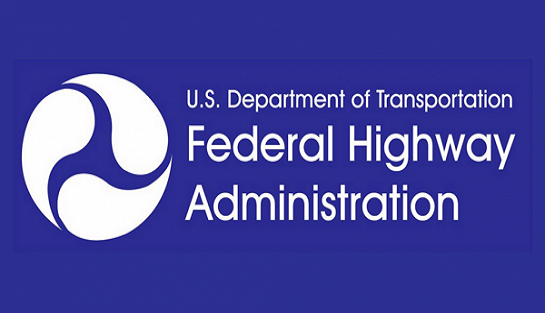
Deficient Bridges in Washington State
Unsafe, structurally deficient, and fracture critical ratings, too
By Trends Staff
Infrastructure – not a unique concept or term, but something all Americans seem to agree on. Currently, it appears a national infrastructure bill will become law. The final total is likely the only remaining debate.
Bridges and roadways are under constant wear and tear. Part of the issue we are facing is due to the main U.S. Interstate system was first built in the 1950’s, as a response to the aftermath of World War II to move military personnel and equipment across the nation but also directly benefited civilian society. Constructing the U.S. interstate system created new economic opportunities and easy access to land previously difficult or impossible to get to, thereby launching a new Americana – the suburbs.
However, it is time to pay the piper (with most Americans in agreement) because roads and bridges do not self-repair and only continue to deteriorate. Unfortunately, ancient Roman concrete lasting hundreds of years could not have been used in the original construction and cannot be used in the rebuild.
Instead, biannual inspections of bridges in Washington State have allowed us to keep up on bridge conditions, whether classified as safe, functionally obsolete, or fracture critical based on a 0-to-100 sufficiency rating.
An excellent, but slightly outdated data visualization, titled Deficient Bridges in Washington State, shows the sufficiency rating for all major bridges in Washington State. Bridges can be selected by clicking on a map data point, or by bridge condition, or by county.
For more information, visit the Washington State Department of Transportation Bridges & Structures Condition Ratings website.
